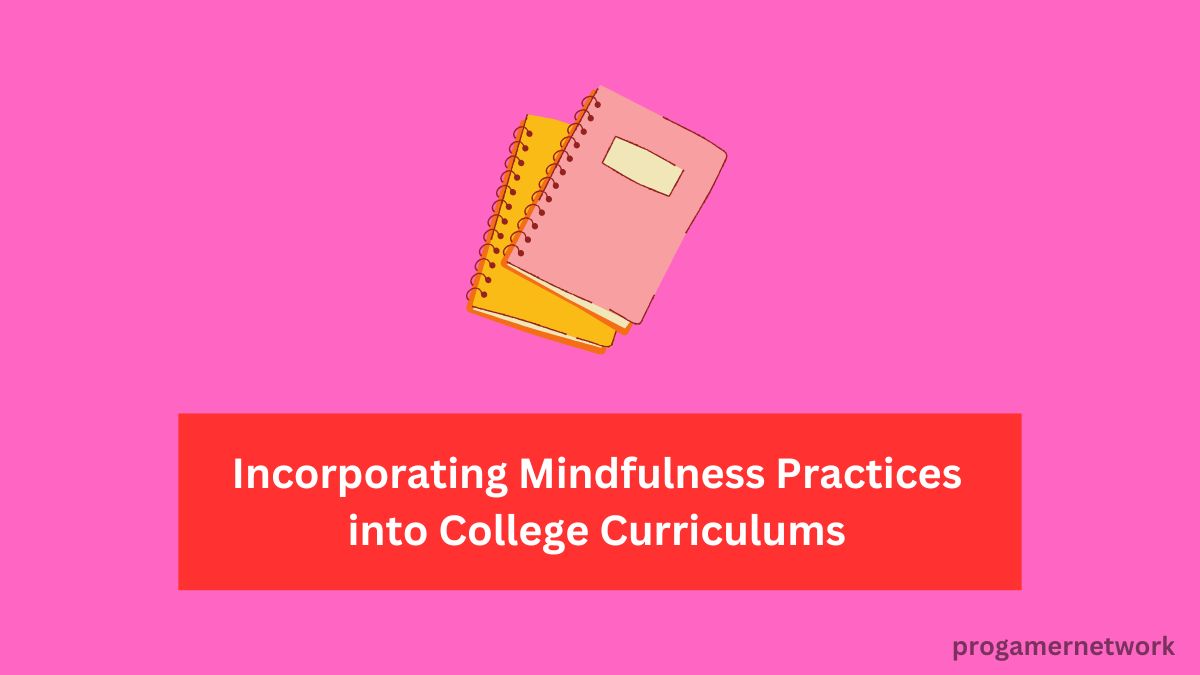Students are often overwhelmed with stress, anxiety, and academic pressures. This is where mindfulness comes in. As colleges recognize the importance of mental health, incorporating mindfulness practices into curriculums can provide essential tools for students to manage their stress and enhance their learning experiences.
Benefits of Mindfulness for College Students
Research shows that mindfulness can lead to improved focus, better emotional regulation, and increased resilience. By fostering a mindful approach, students can enhance their academic performance while also cultivating a sense of well-being that extends beyond the classroom.
Understanding Mindfulness
What Is Mindfulness?
Mindfulness is the practice of being present and fully engaged with the current moment, without judgment. It encourages individuals to observe their thoughts, feelings, and sensations in a compassionate and accepting way.
Key Principles of Mindfulness
The core principles of mindfulness include awareness, acceptance, and non-judgment. By applying these principles, students can develop greater self-awareness and emotional intelligence, which are critical for success in both academic and personal life.
Strategies for Incorporating Mindfulness
Mindfulness Workshops and Training
Designing Effective Workshops
One of the most effective ways to introduce mindfulness in college curriculums is through workshops. These sessions can provide students with practical tools and techniques for incorporating mindfulness into their daily lives. Effective workshops might include guided meditations, discussions on the benefits of mindfulness, and interactive exercises that engage participants.
Integrating Mindfulness into Class Activities
Examples of Mindful Practices
Incorporating mindfulness into classroom activities can be simple and impactful. For instance, starting a class with a brief breathing exercise or mindfulness moment can help students transition into a learning mindset. Faculty can also encourage reflective practices, such as taking a few moments for students to jot down their thoughts or feelings about a particular topic.
Creating Mindfulness Spaces on Campus
Benefits of Dedicated Spaces
Designating specific areas on campus for mindfulness practices—such as quiet rooms or outdoor gardens—can provide students with a tranquil space to decompress. These mindfulness spaces can be equipped with resources like meditation cushions, calming visuals, and instructional materials, encouraging students to take breaks and practice mindfulness whenever needed.
Mindfulness Techniques for Students
Breathing Exercises
Simple Techniques to Start With
Breathing exercises are one of the simplest forms of mindfulness practice. Techniques such as deep breathing or box breathing can be easily taught and practiced anywhere, helping students reduce anxiety and improve concentration. For example, taking a few minutes to focus solely on one’s breath can create a sense of calm before an exam or a stressful presentation.
Meditation Practices
Guided vs. Self-Directed Meditation
Meditation can vary widely in practice, from guided sessions led by an instructor to self-directed sessions where students meditate on their own. Offering a variety of meditation options allows students to find what works best for them, whether it’s a structured class or an app they can use in their own time.
Journaling for Mindfulness
Prompts to Enhance Reflection
Journaling can be a powerful mindfulness tool. Encouraging students to write about their thoughts and feelings can foster self-reflection and clarity. Prompts like “What am I grateful for today?” or “What challenges did I face and how did I overcome them?” can help guide their writing and deepen their mindfulness practice.
Challenges in Implementing Mindfulness
Resistance from Faculty and Students
While mindfulness has numerous benefits, there may be resistance from both faculty and students. Some may view mindfulness as unscientific or unnecessary. Addressing these concerns through education and evidence-based research can help in gaining acceptance.
Time Constraints in Academic Schedules
With packed schedules and rigorous coursework, finding time for mindfulness practices can be challenging. Faculty and students alike may need to prioritize mindfulness in their daily routines, even if it’s just for a few minutes.
Best Practices for Successful Implementation
Engaging Faculty and Administration
Involving faculty and administration in the mindfulness initiative is crucial for its success. Providing training sessions and resources for educators can empower them to integrate mindfulness into their teaching and campus culture.
Measuring Impact and Effectiveness
Establishing metrics to measure the impact of mindfulness practices on student well-being and academic performance is essential. Surveys, feedback sessions, and academic performance data can help assess the effectiveness of these programs and make necessary adjustments.
Conclusion
The Future of Mindfulness in Higher Education
As the importance of mental health continues to rise, incorporating mindfulness practices into college curriculums is becoming increasingly essential. By equipping students with the tools to navigate stress and enhance focus, colleges can foster a healthier, more productive learning environment that benefits everyone.
FAQs
How can mindfulness improve academic performance?
Mindfulness helps reduce stress and anxiety, which can lead to improved concentration, memory retention, and overall academic performance.
What if students resist mindfulness practices?
Engage students by showing them the benefits and allowing them to experience mindfulness through fun, interactive activities rather than formal sessions.
Are there specific mindfulness programs that work best?
Programs like Mindfulness-Based Stress Reduction (MBSR) or the Mindful Schools curriculum have proven effective in educational settings.
How can students practice mindfulness outside of class?
Encourage students to incorporate mindfulness into their daily routines through practices like meditation, journaling, or simply taking mindful walks.
What resources are available for faculty on mindfulness?
Many online platforms offer training and resources for educators, including workshops, webinars, and instructional materials focused on mindfulness in education.

